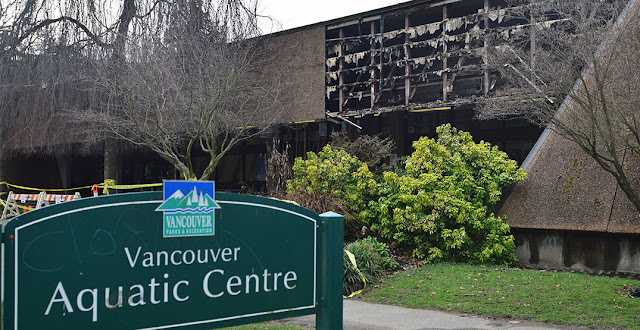National Truth & Reconciliation Day or, Orange Shirt Day, as it is more commonly referred to, is slowly starting to become a part of the national consciousness and that has to be a good thing on many levels. Sadly, it took the discovery of children's graves on the grounds of residential schools to finally give us a collective wake-up call but it worked. Through the story of a little 6 year old girl, who had her new orange shirt stripped off and taken away on her first day at the Mission school, we now have a recognizable symbol for the movement that is now engaged in a wide range of initiatives seeking redress for past wrongs.

And it's about time, because ignoring the abusive and discriminatory treatment of First Nations people is turning out to be a very expensive head-in-the-sand approach. The horrific, well documented, and ongoing saga of the residential school abuses has at long last wound its way through the legal system and survivors have been collectively awarded $3 billion in compensation. A further $23 billion was later awarded to First Nations for the discriminatory underfunding of Child and Family Services programs and to implement the Jordon's Principle, a child-first, needs-based policy to provide access to all government funded services to all First Nations children whether they live on or off a reserve.
Even before First Nations groups were tricked into surrendering title to their lands on the prairies, so that railways could be built and farming homesteads could be established, they signed away title in 1850 to land around Lake Superior and Lake Huron in a pair of agreements called the Robinson Treaties. Negotiated by William Robinson, the treaties provided the Province of Canada access to the north shores of Lakes Huron and Superior for settlement and mineral extraction. In exchange, the Indigenous people of the region got hunting and fishing rights that lasted until the lands were settled, a one time payment, and an annual annuity $1.60 per person with an "escalator clause" that would increase as the revenues from the lands increased. In 1874 the annuity was increased to $4.00 per person but never increased afterwards, in spite of the hundreds of billions of profits generated by industry since. In 2019 this led to a retroactive court claim that was settled in 2023 for $10 billion for the Robinson-Huron treaty. The Robinson-Superior treaty case is still ongoing but First Nations are asking for $100 billion.

In the 1870's, when the so-called numbered treaties 1-7 were being signed to provide land for settlers on the prairies, reserves were also set up for the First Nations people, along with the provision for seeds, some tools, and supplies in the event of crop failure. The reserves were to enable them to make the transfer to an agricultural way of life now that the bison had been wiped out and, in the beginning, many of the First Nation farmers were quite successful. However, their success soon led to settler animosity and, in 1889, the government introduced the Peasant Farm Policy which restricted the types of tools First Nations could use, how much they could grow, and what they were allowed to sell. Farms were reduced to 40 acres, machinery was forbidden, and all planting and harvesting had to be done by hand. These policies soon put most of the First Nations farmers out of business and their reserve farmlands were then sold by the government to new settlers because the government claimed they weren't using the land properly.

As much as 20% of First Nations reserves were illegally sold off by the government between 1896-1911 and this continued up until the 1930's. To make matters worse the money collected by the government on the land sales wasn't always turned over to the band it belonged to. However, in recent years lawsuits were filed against the government to contest the illegal surrender of reserve land and, more than $3.5 billion has since been awarded to 56 claimants. This past August the Muscowpetung Saulteaux Nation alone was awarded $150 million, the maximum allowable.

British Columbia has the distinction of being the only Canadian Province to not have signed any treaties with the First Nations to get them to surrender their lands. B.C. First Nations, having learned from the mistakes of others, will never surrender title to their land now but this omission has led to countless court battles over their rights to control what happens to their territories. (Delgamuukw, Tsilhqot'in, Nisga'a etc.) This past week the B.C. Supreme Court ruled that First Nations must be consulted before any mineral claims are made in their territories. This ruling promises to have a profound impact on the current system for awarding mineral claims and other resource development.

The United Nations Declaration on the Rights of Indigenous Peoples provides a framework for reconciliation, healing and peace, as well as harmonious and cooperative relations based on the principles of justice, democracy, respect for human rights, non-discrimination and good faith, and this has been affirmed by both the Federal and Provincial governments. After all the court cases and residential school discoveries, surely it's time for all of us to realize the injustice needs to stop and we need to work harder and faster on reconciliation. Orange shirt day has been with us for three years now and every year more and more orange shirts can be spotted on the streets. The more orange the better because orange is the new black in this country and it's about time.

















































